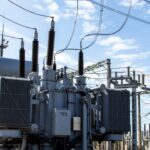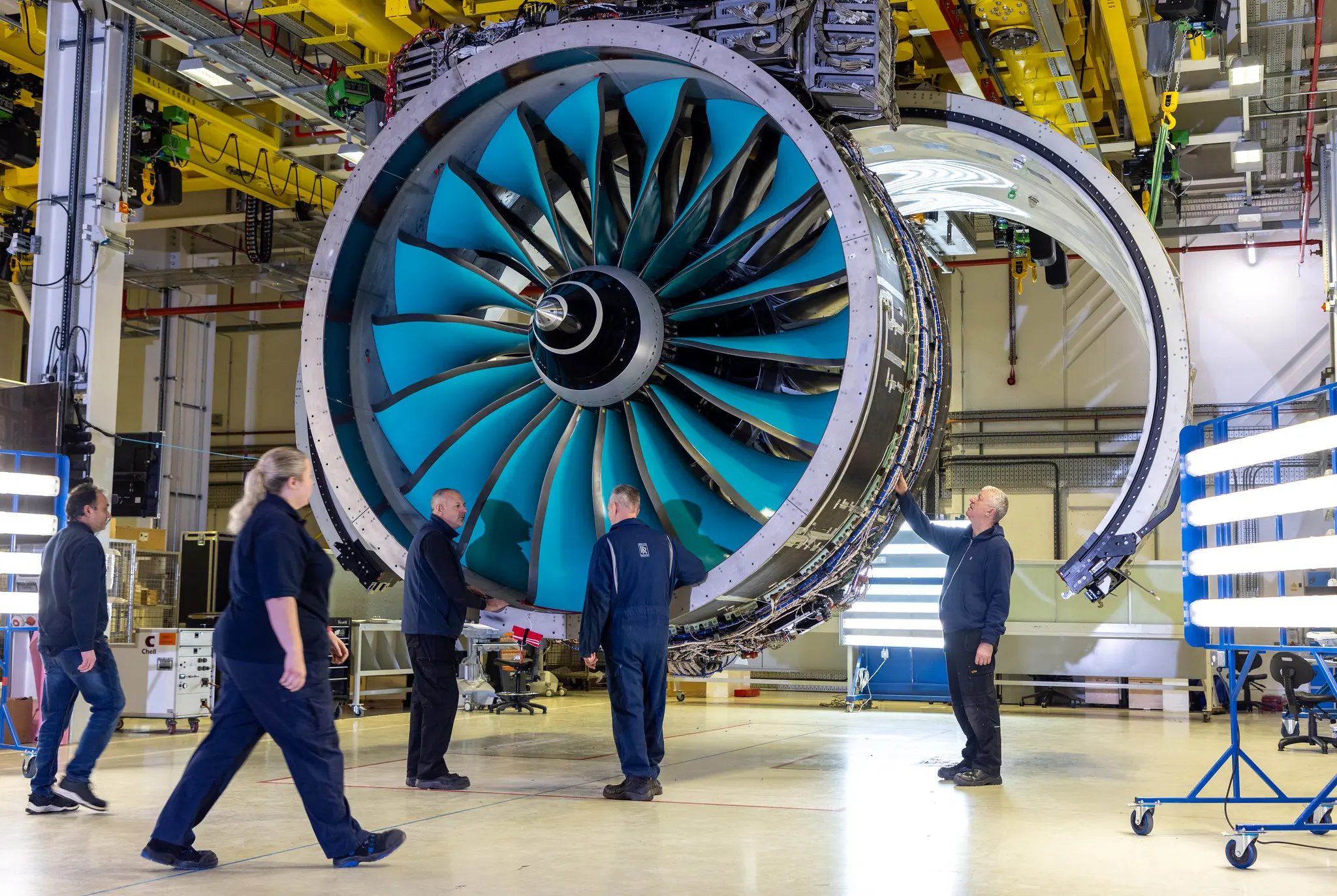Introduction
In the rapidly evolving field of aerospace technology, innovations in aero engine design and efficiency are transforming the way aircraft operate. As global demands for more sustainable and efficient air travel increase, engineers and researchers are pushing the boundaries of aerospace engineering, with composite testing playing a critical role in validating new materials and technologies. This article explores the latest innovations in aero engine design, focusing on advancements that promise to enhance efficiency, reduce environmental impact, and shape the future of aviation.
The Evolution of Aero Engines
The journey of aero engine design has been marked by significant milestones. From the early days of piston engines to the sophisticated turbofan engines used today, each advancement has brought about improvements in performance and efficiency. Modern aero engines are not just about thrust but also about optimizing fuel consumption, reducing emissions, and integrating cutting-edge technologies.
Key Innovations in Aero Engine Design
- Advanced Materials and Manufacturing Techniques
Modern aero engines are benefitting from the use of advanced materials such as high-temperature ceramics and composite materials. These materials offer greater strength and thermal resistance, which allows engines to operate at higher temperatures and pressures. Additive manufacturing, or 3D printing, is also revolutionizing aero engine design by enabling the production of complex components with reduced weight and improved performance. - Hybrid and Electric Propulsion
Hybrid and electric propulsion systems represent a significant shift in aero engine technology. Hybrid engines combine conventional fuel-based systems with electric motors to reduce overall fuel consumption and emissions. Electric propulsion, on the other hand, aims to eliminate the need for fossil fuels entirely. While still in the developmental phase, these technologies promise a future where air travel is both cleaner and quieter. - Advanced Turbomachinery
Innovations in turbomachinery, including the development of high-bypass ratio turbofans and improved turbine blade designs, are enhancing engine efficiency. High-bypass turbofans, which have a larger fan diameter and a smaller core engine, provide better fuel efficiency by accelerating a larger mass of air at a lower velocity. Additionally, advanced blade cooling techniques and aerodynamic improvements contribute to increased overall performance and longevity of the engines. - Digital and Automation Technologies
The integration of digital technologies and automation is transforming aero engine design and maintenance. Advanced control systems, powered by artificial intelligence (AI) and machine learning, enable real-time monitoring and optimization of engine performance. Predictive maintenance, driven by data analytics, helps in identifying potential issues before they become critical, thus reducing downtime and improving reliability. - Noise Reduction Technologies
Noise pollution is a growing concern in aviation, and innovations in aero engine design are addressing this issue. The development of quieter engines involves designing fan blades and engine nacelles that minimize noise generation. Acoustic liners and chevrons on the engine nacelle also contribute to reducing noise levels, enhancing the passenger experience and meeting stricter environmental regulations.
Enhancing Efficiency and Sustainability
The drive towards greater efficiency and sustainability is at the heart of modern aero engine innovations. Here are some of the ways these innovations are contributing to a greener aviation industry:
- Fuel Efficiency Improvements
One of the primary goals in aero engine design is to improve fuel efficiency. Innovations such as advanced aerodynamics, higher compression ratios, and more efficient combustion processes are leading to engines that consume less fuel per unit of thrust. This not only reduces operational costs but also decreases the overall carbon footprint of air travel. - Alternative Fuels
The exploration of alternative fuels, such as biofuels and synthetic fuels, is another crucial aspect of making aviation more sustainable. These fuels can be produced from renewable resources and have the potential to lower greenhouse gas emissions compared to conventional jet fuels. Aero engines are being designed to be compatible with these alternative fuels, facilitating a smoother transition to greener energy sources. - Waste Heat Recovery
Waste heat recovery systems capture excess heat generated by the engine and convert it into useful energy. This recovered energy can be used to power onboard systems or improve overall engine efficiency. By utilizing waste heat, engines become more efficient and environmentally friendly.
Future Trends and Challenges
As we look towards the future of aero engine design, several trends and challenges emerge:
- Next-Generation Engine Concepts
Research is ongoing into next-generation engine concepts, such as the open-rotor engines and variable-cycle engines. Open-rotor engines, with their unique design, promise to offer significant improvements in fuel efficiency. Variable-cycle engines, which can adjust their operation modes based on flight conditions, aim to optimize performance across different phases of flight. - Regulatory and Environmental Considerations
Stricter environmental regulations and sustainability goals are driving innovations in aero engine design. Engineers must navigate complex regulatory landscapes while striving to meet ambitious targets for emissions reductions and noise limitations. Balancing these requirements with performance and cost considerations remains a critical challenge. - Integration with Emerging Technologies
The integration of emerging technologies, such as autonomous systems and advanced sensors, will play a crucial role in the future of aero engine design. These technologies can enhance engine performance, safety, and maintenance, paving the way for more efficient and reliable air travel.
Conclusion
Innovations in aero engine design are reshaping the future of aviation by enhancing efficiency, reducing environmental impact, and incorporating advanced technologies. As the aerospace industry continues to evolve, these innovations will play a pivotal role in meeting the growing demands for sustainable and high-performance air travel. By embracing cutting-edge technologies and addressing emerging challenges, the future of aero engines promises to be both exciting and transformative









